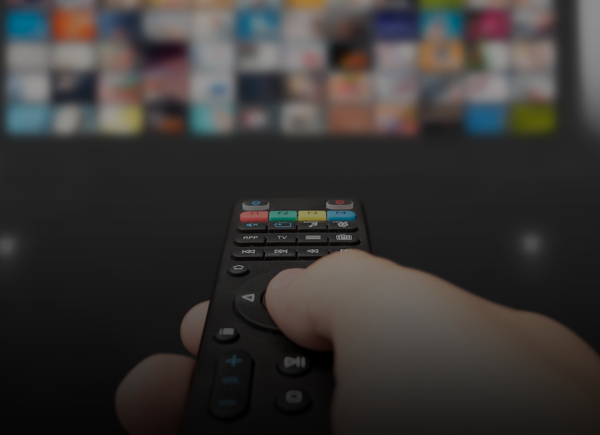To set the stage for her presentation on the design thinking process at the most recent Ynext Incubator bootcamp, Rose Figliano of RocketSpace invoked the words of the late iconic industrial designer Dieter Ram: “Everything is design.” Or as Steve Jobs said, “Design is the fundamental soul of a man-made creation that ends up expressing itself in successive outer layers.” The point, Figliano stressed, was that design is about much more than visual communication. It is especially critical in the interactive environment where the objective is to guide the user through an experience toward some kind of action. What makes a product design good? Figliano listed a few key criteria to perfecting the design process. Good design:
- Is intuitive; it does not require a lot of thinking on the user’s part.
- Is recognizable; the user feels a sense of familiarity.
- Provokes the desired response, whether that is an emotional reaction or an action.
- Intentionally makes a lasting impression.
A well-designed product, Figliano said, exhibits the “three U’s”: it is useful, understandable and unobtrusive.
Mapping The Journey in Design Thinking Process
Figliano characterized the design thinking process as a series of decisions that lead the design team from infinite possibilities to narrow choices, or from uncertainty and complexity to simplicity and purpose. Designing products is most effective when it is informed by an understanding of and empathy for the user’s needs and wants. Exhaustive user research is indispensable. Creating a “persona” to help understand the user’s motivation is especially useful, Figliano said. She further recommended journey mapping – sketching out the user’s progress before, during and after the interaction, identifying all touchpoints and solving for any point where a disconnect with the user could occur. She emphasized that design is an iterative process of learning, building, measuring and repeating.
The Value of Prototyping
Prototyping at an early stage of design is an effective way to evaluate a product’s utility, validate assumptions, articulate functionality and test and refine ideas, Figliano said. Building a prototype as early as possible helps reduce the risk and costs of having to correct issues with the product once it is in production. As the prototype undergoes refinement and looks increasingly like how the actual product will look at launch, it becomes a useful tool for measuring usability with prospective users. User feedback can be gathered in a number of ways, whether through surveys or in-person interviews, but there is no substitute for watching people as they try to use the product. In measuring usability Figliano noted several key questions to ask:
- Can users understand the product? Does it make sense?
- Does it look well designed to them?
- Is it intimidating?
- Can users successfully complete tasks in order to stay on track?
Hands-on user testing and debriefing is invaluable for determining how to improve a product and putting the finishing touches on it before taking it to market. Addressing a group of start-up entrepreneurs, Figliano had some parting advice for presenting product design to prospective investors. Don’t focus on aesthetics or cool features, but rather show that you understand the problem to be solved, and frame the design in terms of how it solves the problem.




